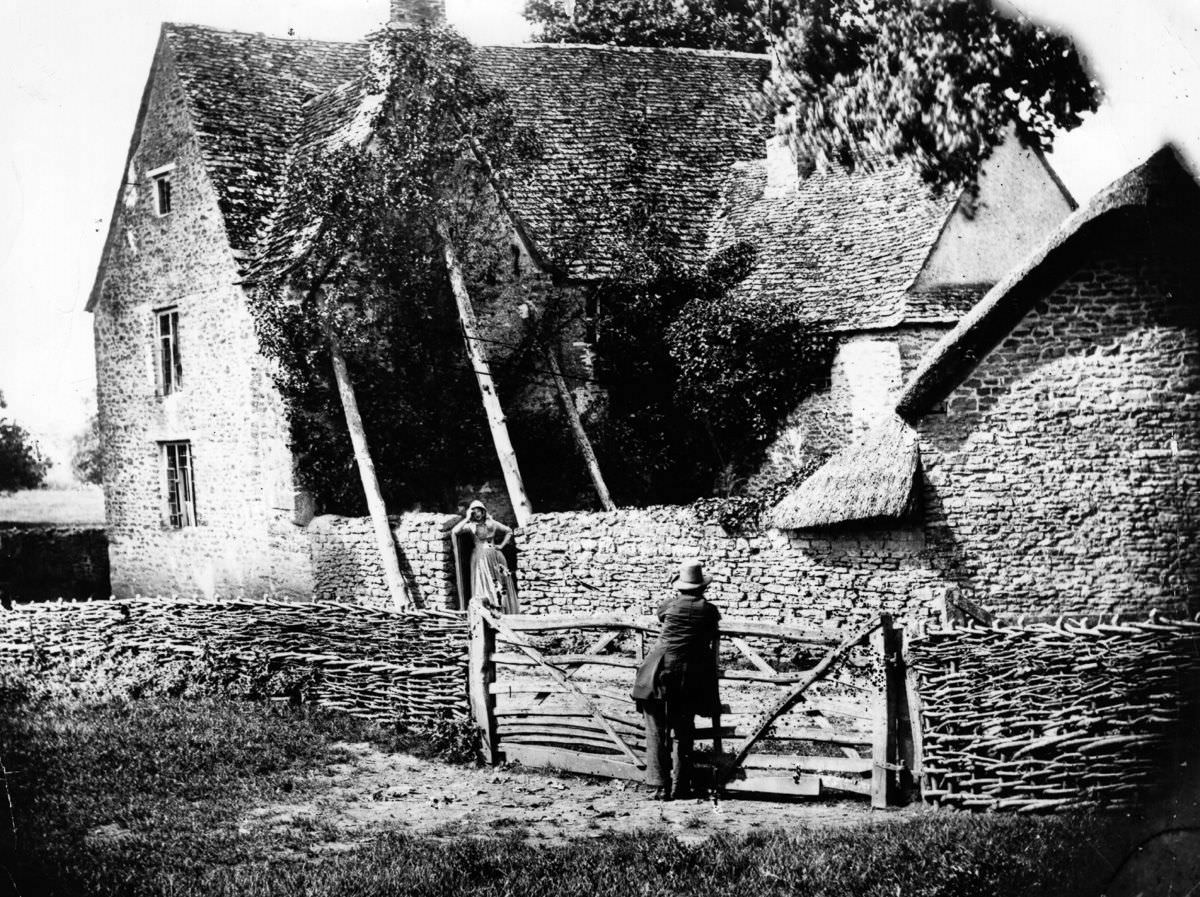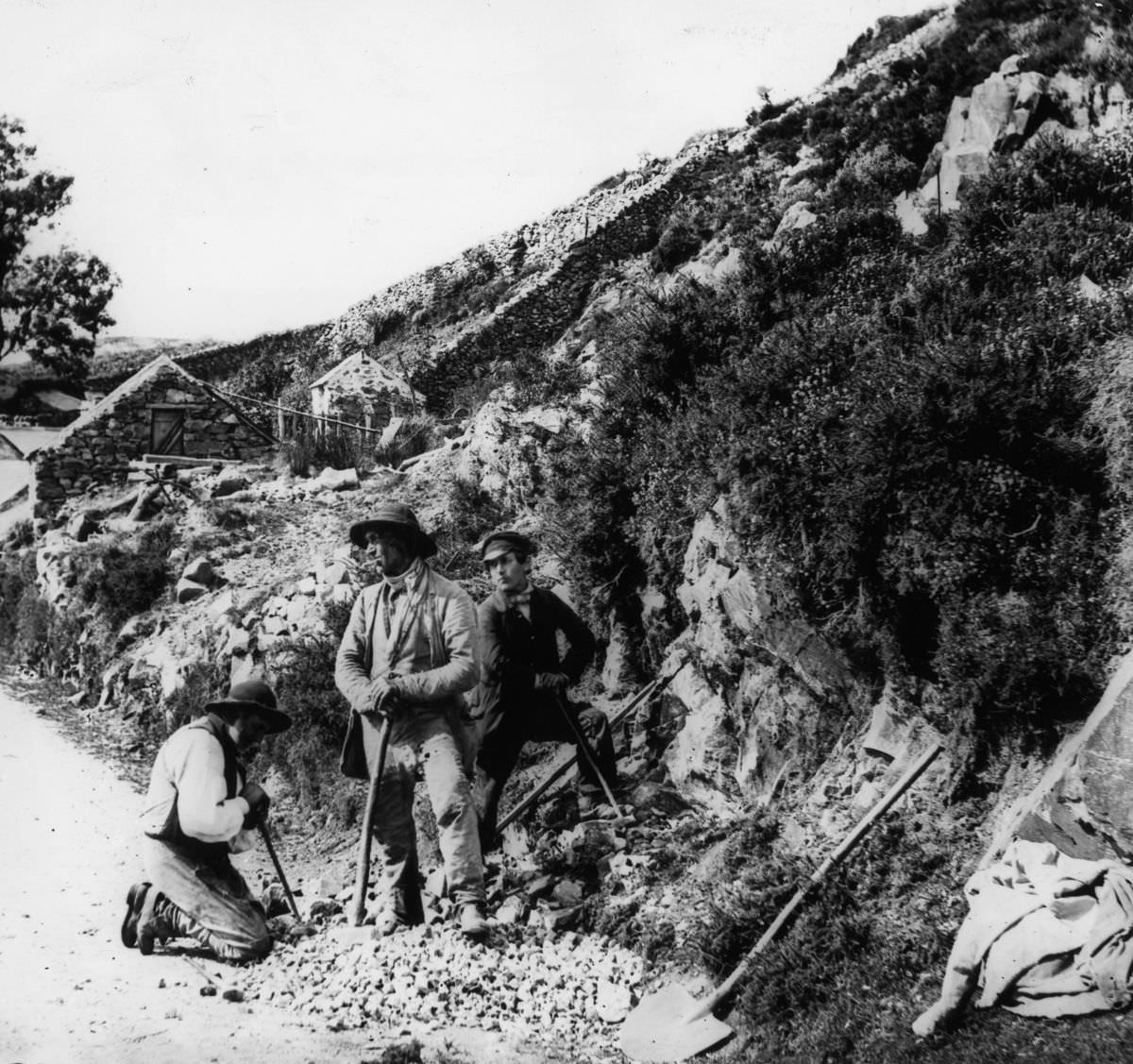William Morris Grundy’s idyllic photographs document rural life in England during the Victorian era. Grundy was born in Birmingham in 1806 and began taking photos in 1855. His pictures mostly depict hunting and fishing scenes or scenes related to rural pursuits. He sold about 200 negatives to the London Stereoscopic Company, and individual stereographs still exist.
Victorian Britain remained essentially a rural society despite its towns’ growth. In the past, land-owning aristocrats would live in considerable comfort, served by domestic staff on their country estates, and those who made a solid living from trade or industry would invest it inland. Young Queen Victoria, Prince Albert, and their nine children epitomized the idealized family life. While social inequality has grown more marked and entrenched over time, this has been nothing more than a pipe dream for those who are desperately poor.
The Industrial Revolution brought rapid changes in everyday life for all classes. As a result, Victorian society was full of extremes and startling contrasts. New buildings and affluent development characterized cities, and overcrowded slums where people lived in appallingly poor housing conditions, worked long hours and died prematurely. Farm laborers earned low wages in the countryside, and as machinery replaced jobs, they drove an ever-growing amount of people to move to the cities. The Victorian era witnessed a rejection of the rationalism of the Georgian period and a turning towards romanticism and even mysticism in the realms of religion, social values, and art. An incredible amount of technological innovation during this era boosted Britain’s power and prosperity.





































